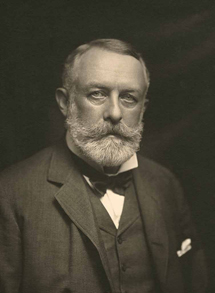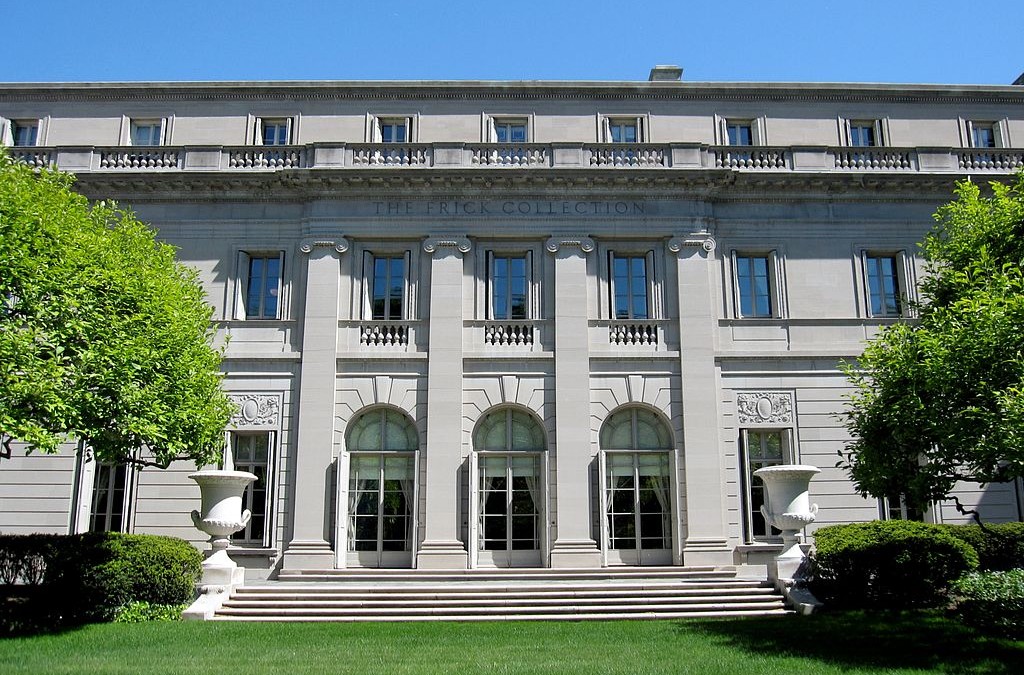Henry Clay Frick was an American industrialist, financier and curator of art. His patronage eventually led to a large collection of old master paintings and furniture, a park and many other contributions for the public. Despite all his posthumous donations, he was never able to shake his moniker as “the most hated man in America.”

Henry Clay Frick
Frick’s immense wealth came through several successful endeavors throughout his life, including H.C. Frick & Company, Carnegie Steel and his further involvement in the evolution of the steel industry in the United States. Once his wealth was amassed, Frick turned his sights to art collecting as soon as his net worth began to grow. His collection grew to staggering heights. Today, a large portion of the collection remains in his former Pittsburgh residence, Clayton, that serves as part of the Frick Art & Historical Center.
The acclaimed New York Frick Museum started as his Manhattan mansion, which is now a city landmark. The architectural beauty would be Frick’s home until his passing in 1919. Upon his death, Frick willed the house and all its valuable objects as a museum for the public. However, his widow Adelaide continued to live in the mansion with her daughter until her passing in 1931. Finally, Frick’s vision for his collection would begin to reach fruition.
After Adelaide’s passing, the conversion began with architect John Russell Pope enhancing the mansion for the public. After four years of renovating, the Frick Collection opened to the public in December 1935.
Since its opening, the collection continues to receive praise of one of the country’s premiere small art museums. The collection consists of exquisite paintings, sculptures and porcelain art in addition to the beautiful furniture across six galleries on the property. Much of Frick’s design plans remain intact. To enhance the collection and public appeal, the collection hosts temporary exhibitions as well.
Further expansions of the museum took place in 1977 and in 2011.
Next week, Part IV: The Collection of Andrew Carnegie











